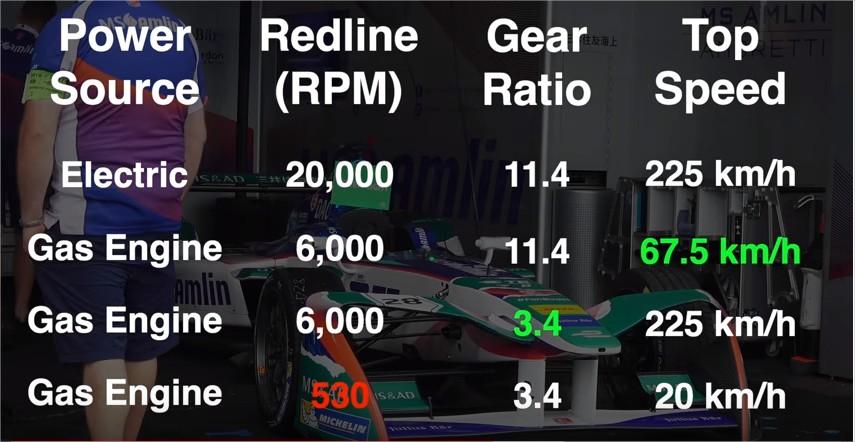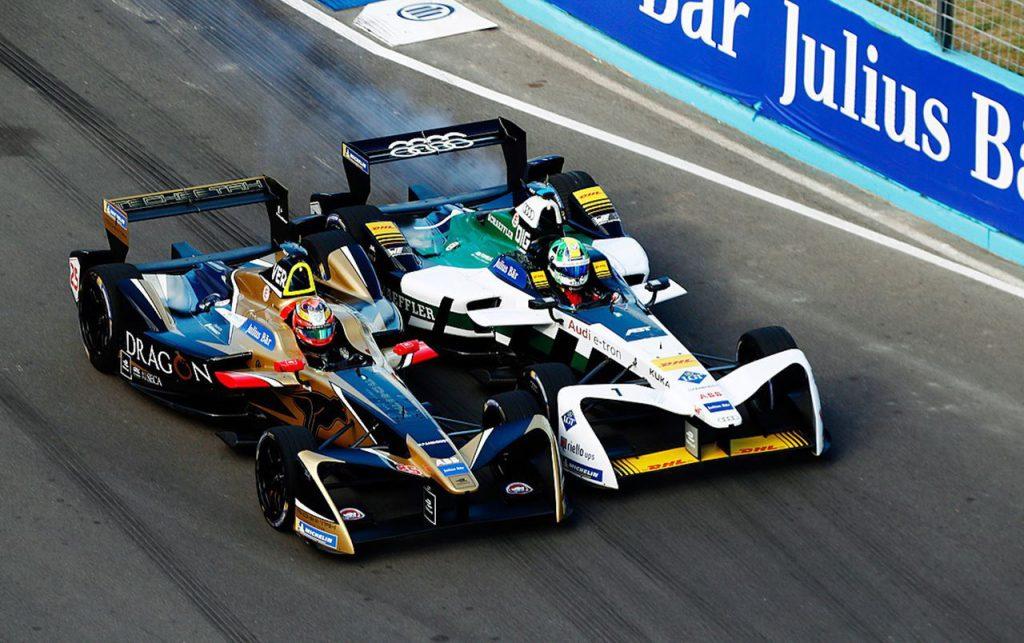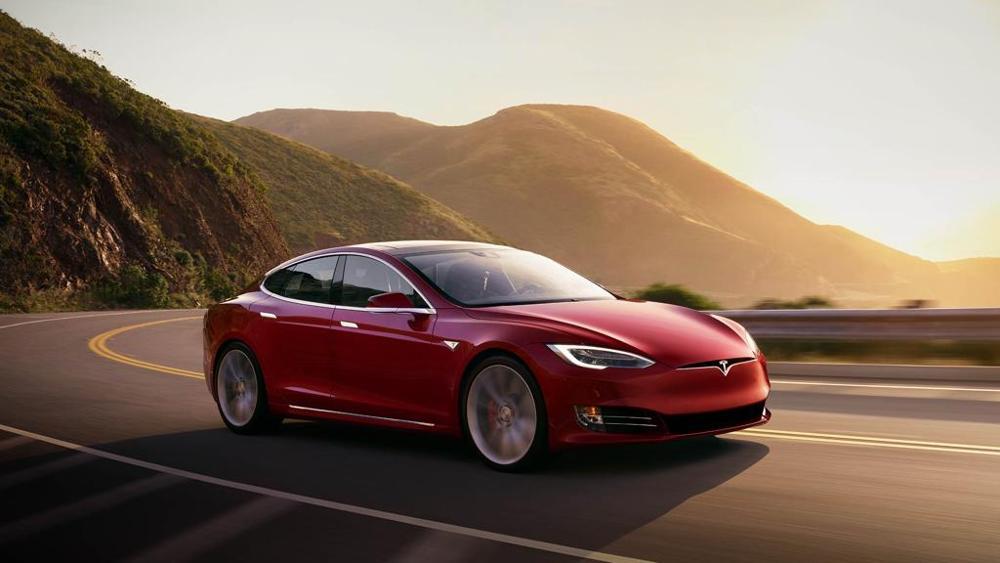In the world of the car industry, the electric car (EV) is a pretty new concept, which is outstanding for energy efficiency, strong performance and reduced emission. But have you ever wondered about the differences between electric cars and conventional cars? Do electric cars have transmissions? If yes, let’s find out the answer in this article right now.
Do Electric Cars Have Transmissions?
Many people have noticed that electric cars like Cherry Bolt, Nissan Leaf, Ford Focus Electric or Tesla Model S don’t have geared transmission. Why is that? Well, the reason why electric cars don’t have transmissions is because electric cars have electric motors.
Electric motors deliver power torque very differently than a combustion engine and frankly, they don’t need so much of a crutch which is all a transmission is. An electric motor has so much torque almost from 1 RPM. It doesn’t need to rev up to get a lot of torque which is what moves the cars. Hence, it doesn’t need a little stump puller low first gear to get going.
The second thing is electric motor has a very wide range of RPMs. It functions much wider than your average combustion engine. Therefore, it doesn’t really need a second, third or fourth gear to allow it to hit a sweet spot. It has a great big fat sweet and as a result, needs fewer gears to focus on a certain range of RPMs.
To better understand this, let’s take a look at an example conducted by a group of auto experts below:

For example, in Formula E, the cars typically won’t go any faster than 225 km/h or about 62.5 m/s. The electric motors are capable of spinning at about 20,000 RPM. So we can do some quick math based on the tire data to see what our gear ratio might be. The rear tires have a diameter of 0.68 meters, multiplied by Pi gives our circumference. We will divide 20,000 RPM by 60 to turn revolutions per minute into revolutions per second and now we can solve for the gear ratio, which turns out to be 11.4.
This means that if we have an electric motor that revs to 20,000 RPM with a gear reduction of 11.4:1, we could drive this electric car from 0 km/h at 0 RPM to 225 Km/h at 20,000 RPM. And since many electric road cars have top speeds limited to less than 160 Km/h. You can see how one gear would easily be enough even if the motor was lower revving or if the gearing was more aggressive.
Well, what happens if we were to take this same gear ratio of 11.4:1, and match it with an internal combustion engine with a redline of 6,000 RPM? Now yes, in racing you’ll find gasoline engines with much higher red lines but for road cars, 6,000 RPM is a perfectly normal red line, while road cars with electric motors are still high revving. At 6,000 RPM with a gear ratio of 11.4:1, the gasoline engine would only be able to drive the car up to a top of 67.5 km/h. It would need much taller gearing to reach the top speed of 225 km/h.
In order to reach that top speed, it would need a gear ratio of 3.4. But what if we then wanted to drive at 20 Km/h? At 20 Km/h, with a gear ratio of 3.4 between the engine and the wheels, the engine would only be spinning at 530 RPM. It is far too low for the engine to operate and even if it could, it would have very little torque.
Hence, international combustion engines use gears to keep the engine within the appropriate power band, and still allow for the car to travel at any of the desired speeds. Since electric motors are so high revving, and efficient across a much wider rev range, a transmission simply adds complexity, cost, weight, and efficiency losses, with little added benefit.
So now if someone asks you “Do electric cars have transmissions?”, we bet that you already know the answer, right? But keep reading our article as there is something interesting for you below.
Is There Never A Need For Electric Cars That Have Multiple Gears?
Actually the answer is no. There are a wide range of strategies used. So what are the advantages of adding a few gears? To find out why, we need to look at an electronic motors power curve.

See more:
In Formula E, during the race power is limited to 170 kW. At 0 RPM, because horsepower is a function of torque multiplied by RPM, power is 0. Power gradually increases until flatlining at the limit allowed by the series. Now for super lower speeds, you’re not able to put down the full amount of power that the series allows which means there’s some opportunity here to gain an edge.
As long as traction allows for it, more aggressive gearing means you can spin the motor up faster. You’ll have more wheel torque, can accelerate faster, and will able to get into peak power faster than if the gearing were taller, meaning you are accomplishing more work. In scenarios such as the start of the race, or during very low-speed corners, this can play to your advantage. Gearing can also be dependent on the motor used. Small motors tend to have less torque, so multiple gears can be used to compensate.
Larger motors, or pairs of two motors, will have more torque and can easily get away with just a single speed. With relatively low top speeds needed, high rev limits, and a wide efficient rev range, all of those features make it possible and beneficial for electric cars to use just a single gear ratio.
How does an electric car work? Do electric cars have transmissions? Check this video to see more details:
Hopefully after reading this article, you will have a clear answer to the question “Do electric cars have transmissions?” and the difference between electric cars and conventional cars. If you have any questions related to this topic, feel free to leave them in the comment section, and we will answer them for you later.



